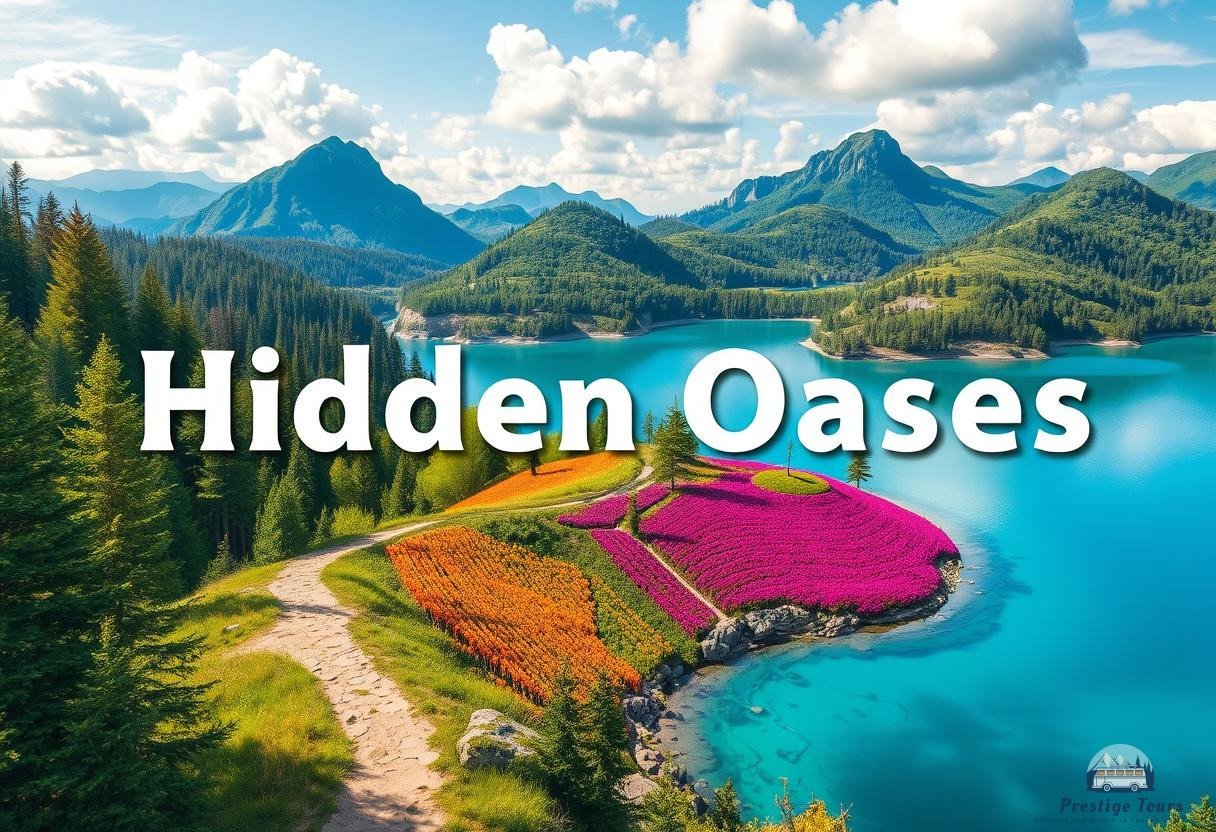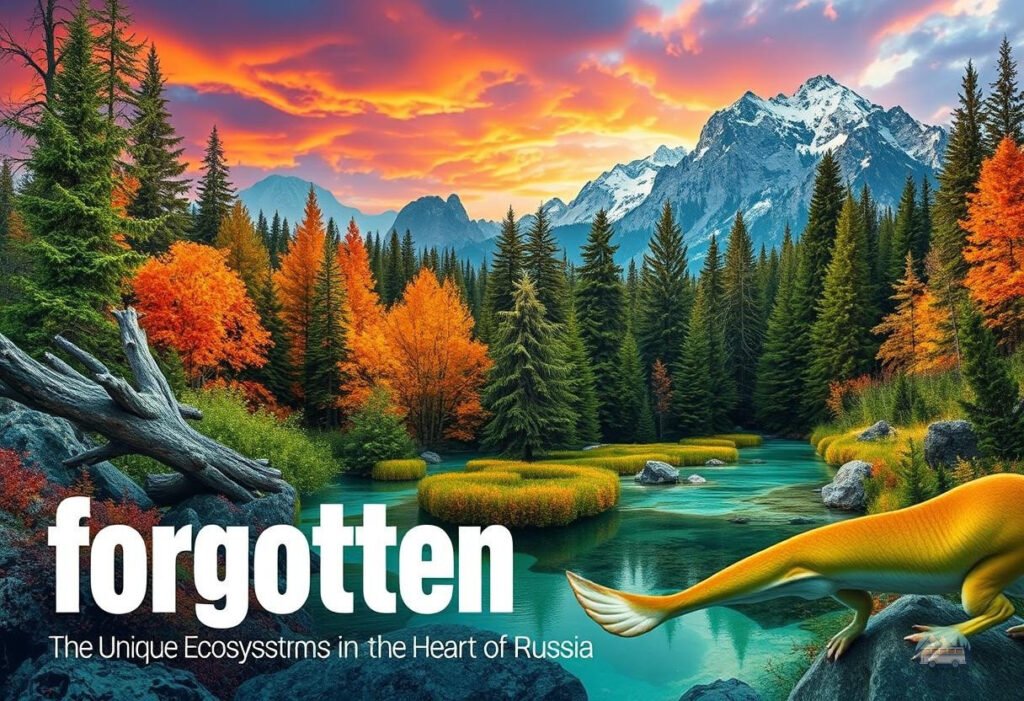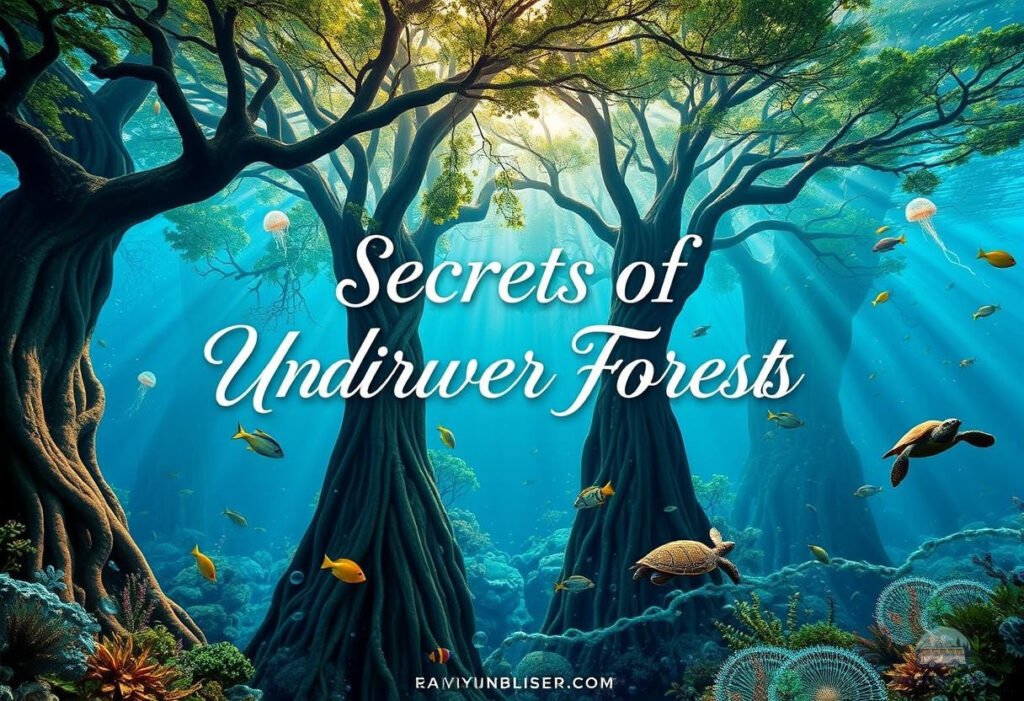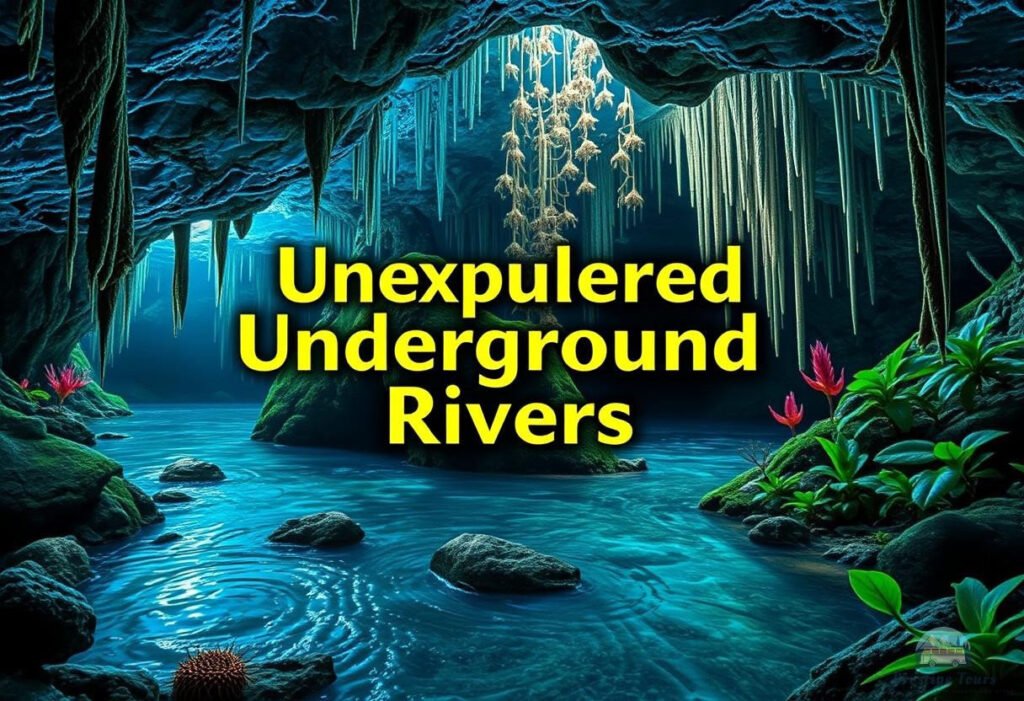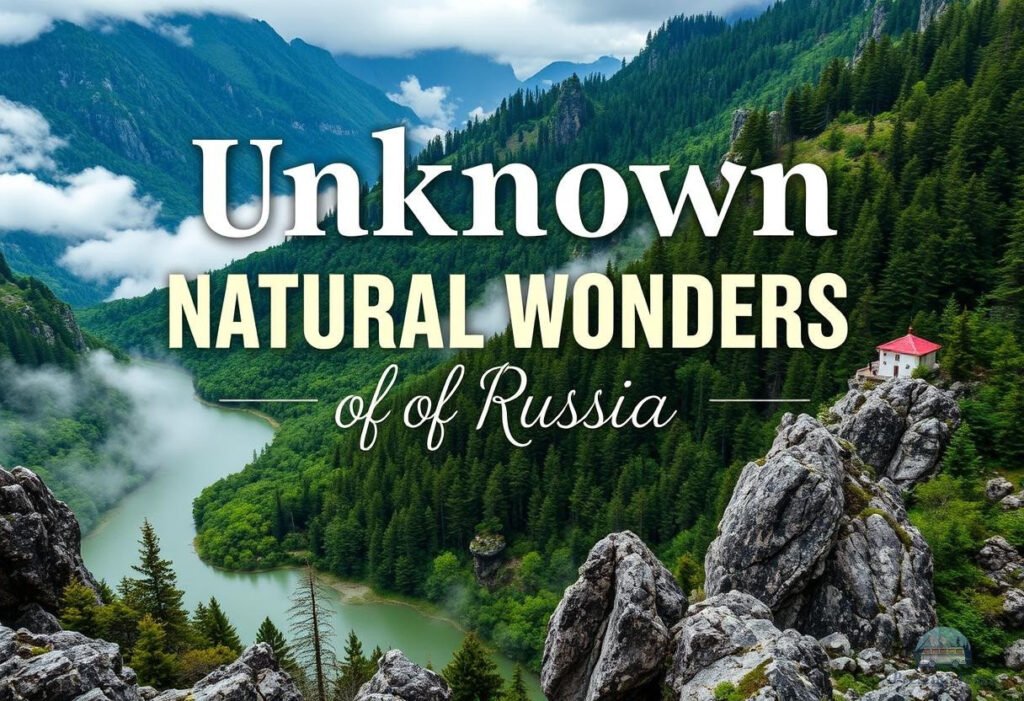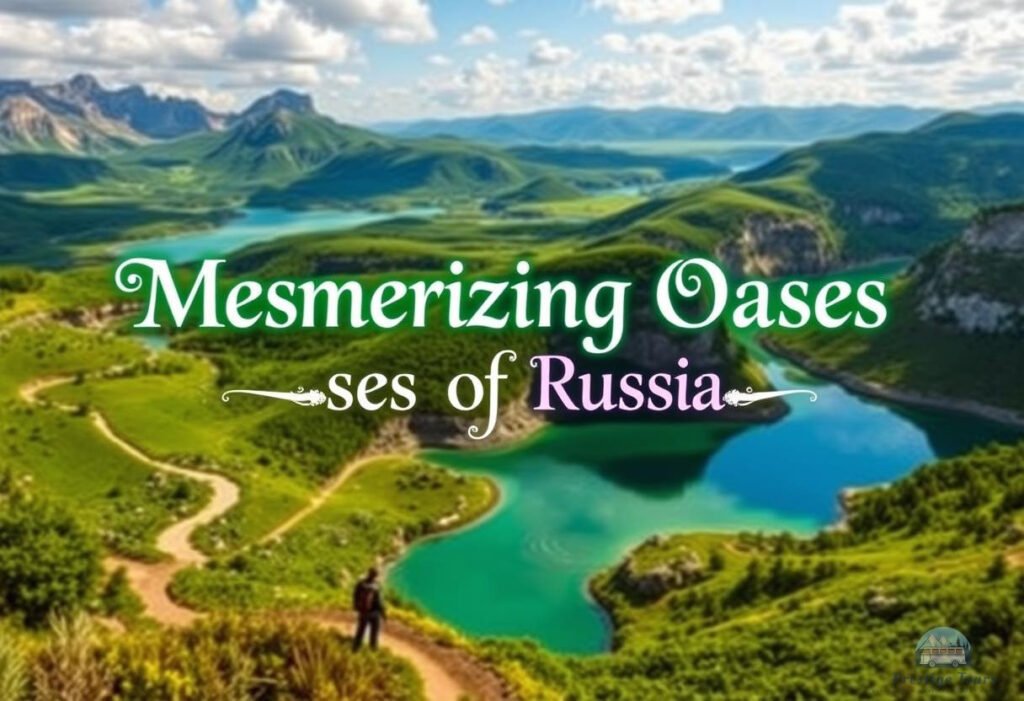Introduction
Natural refuges are unique ecosystems that need to be preserved and protected. Their preservation is of great importance not only for the diversity of flora and fauna, but also for the health of our planet. In this article, we will talk about the importance of preventing the degradation of these vulnerable corners of nature, and provide advice for tourists who want to preserve natural refuges for future generations.
Natural Shelters: What Are They?
Definition and examples
Natural refuges can be defined as areas with unique natural conditions and ecosystems that grow and develop without significant human influence. Famous examples of such places include Lake Baikal in Russia, the Amazon Forest in Brazil, and the Galapagos Islands. These natural areas are not only home to many species, but also important resources for people.
Vulnerability of natural areas
Despite their importance, natural refuges face serious threats. The main ones include urbanization, pollution and mass tourism. Human activity often leads to the destruction of ecosystems, which has a negative impact on biodiversity. Preserving these unique places requires attention and effort from each of us.
How to preserve natural refuges
Responsible tourism
One way to preserve natural refuges is to follow the principles of ecotourism. This means minimizing negative impacts on the environment and respecting local cultures. Tourists can follow these guidelines:
- Avoid leaving litter in natural areas.
- Observe the rules and regulations established in nature reserves and parks.
- Support local environmental initiatives.
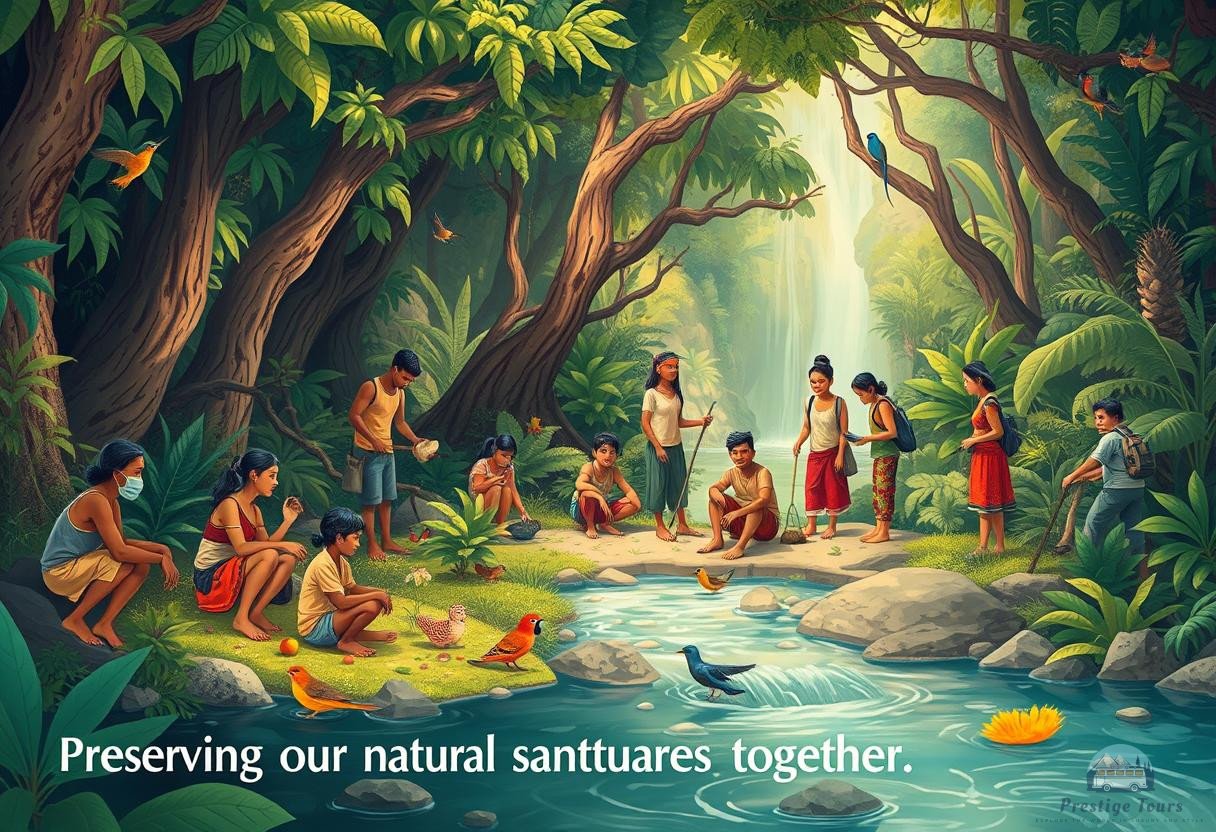
Participation of local population
Local communities play a key role in protecting natural areas. Their knowledge and experience help maintain ecological balance. Examples of successful cooperation can be found in various parts of the world, where locals are engaged in ecotourism and nature conservation:
- Creation of tourist routes with the support of local residents.
- Educational programs aimed at raising awareness of the importance of preserving ecosystems.
Practical tips for tourists
Preparing for the trip
Responsible travel requires proper preparation. Choosing eco-friendly routes helps to minimize the negative impact on nature. In addition, using sustainable means of transport, such as bicycles or public transport, reduces the carbon footprint and helps to protect natural refuges.
Behavior in nature
Rules of conduct in natural shelters are the basis for preserving the ecosystem. These include:
- Avoid collecting plants and animals.
- Leave no trace behind: clean up litter and take care of the environment.
- Keep your distance from wild animals so as not to disrupt their normal way of life.
Conclusion
Each of us has a personal responsibility to preserve natural refuges. True respect for nature begins with small things – with our behavior and choices in everyday life. The call to action is simple: let’s do everything we can to preserve these unique corners of nature for future generations and learn to appreciate what the Earth gives us. For additional resources, you can visit the World Wildlife Fund (WWF) website wwf.ru for information on conservation.
